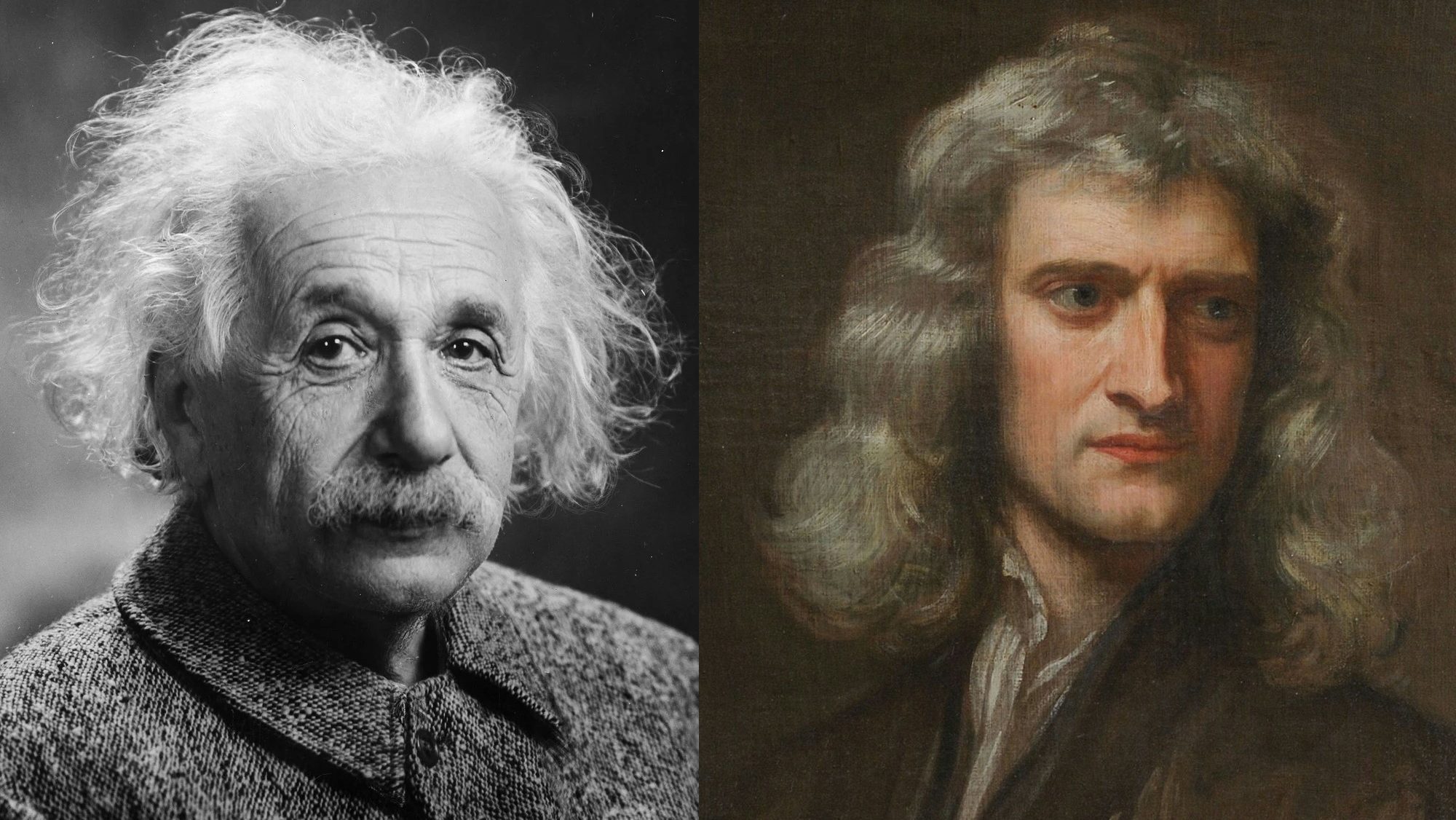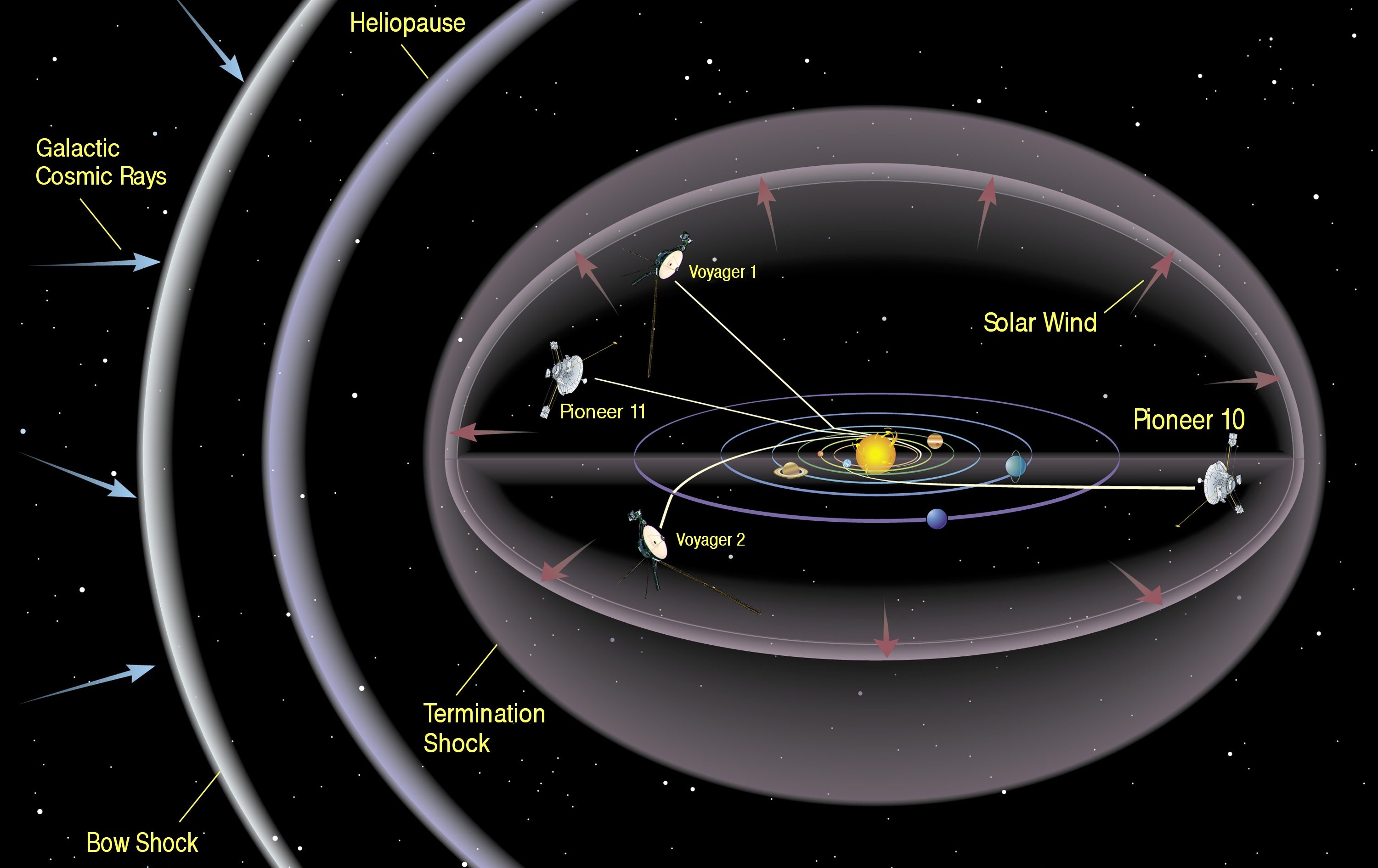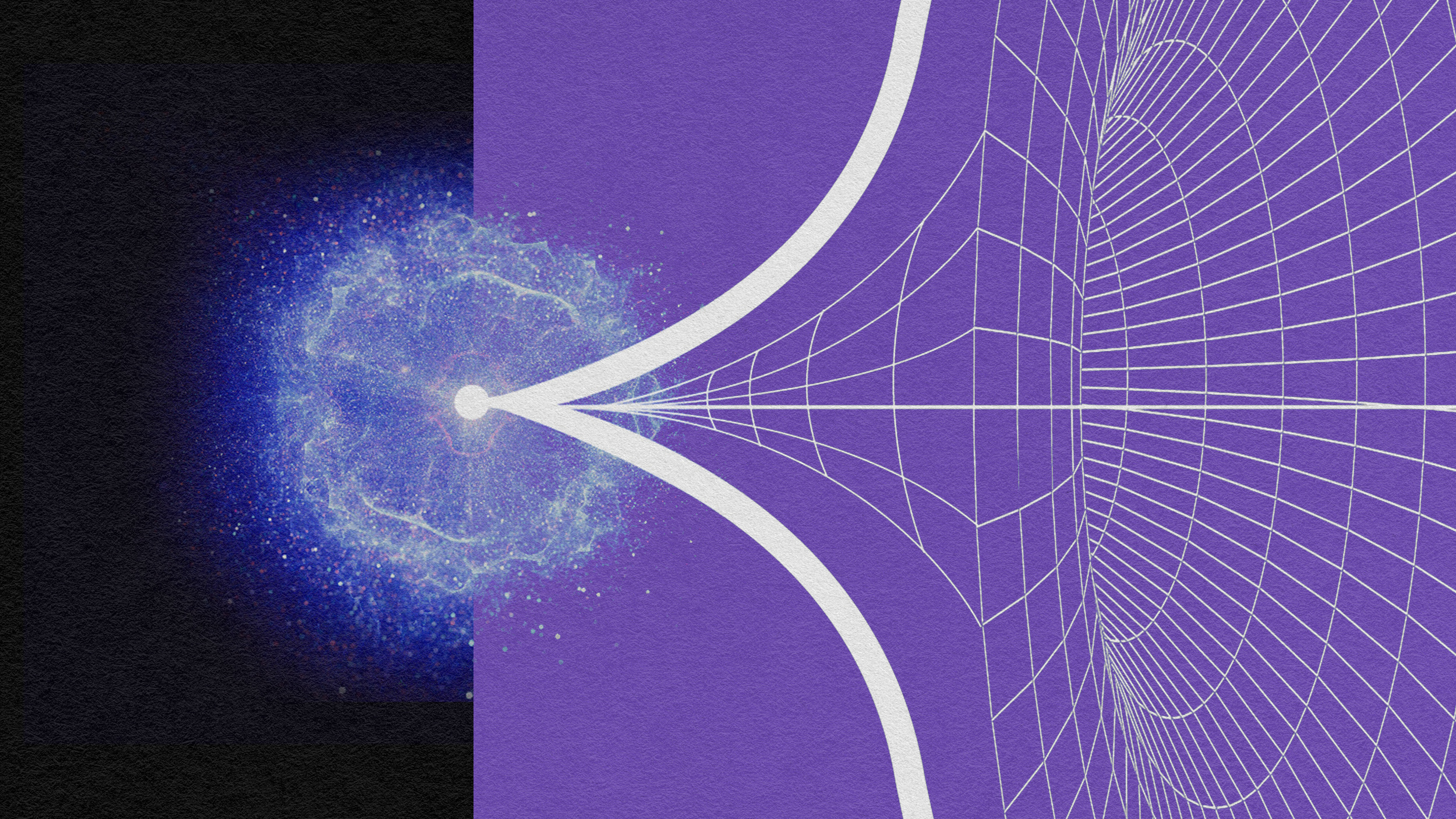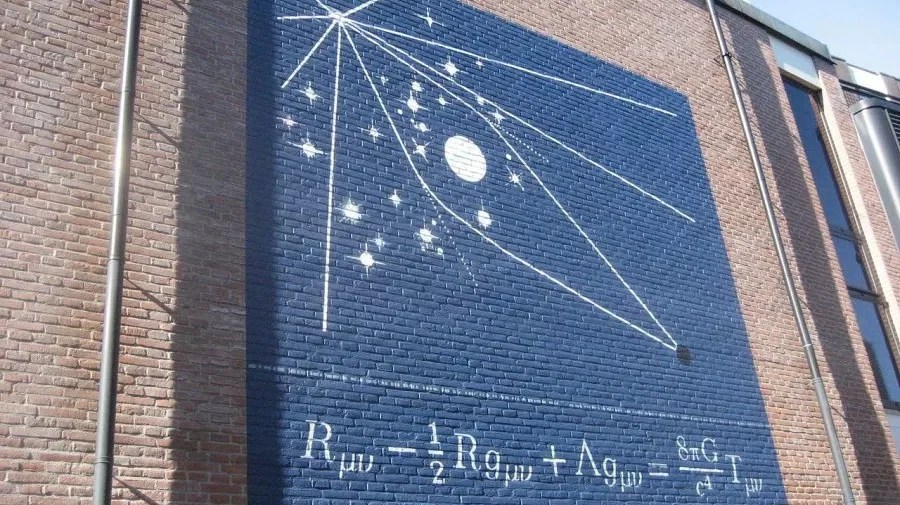The cosmic redemption of astronomer John Couch Adams
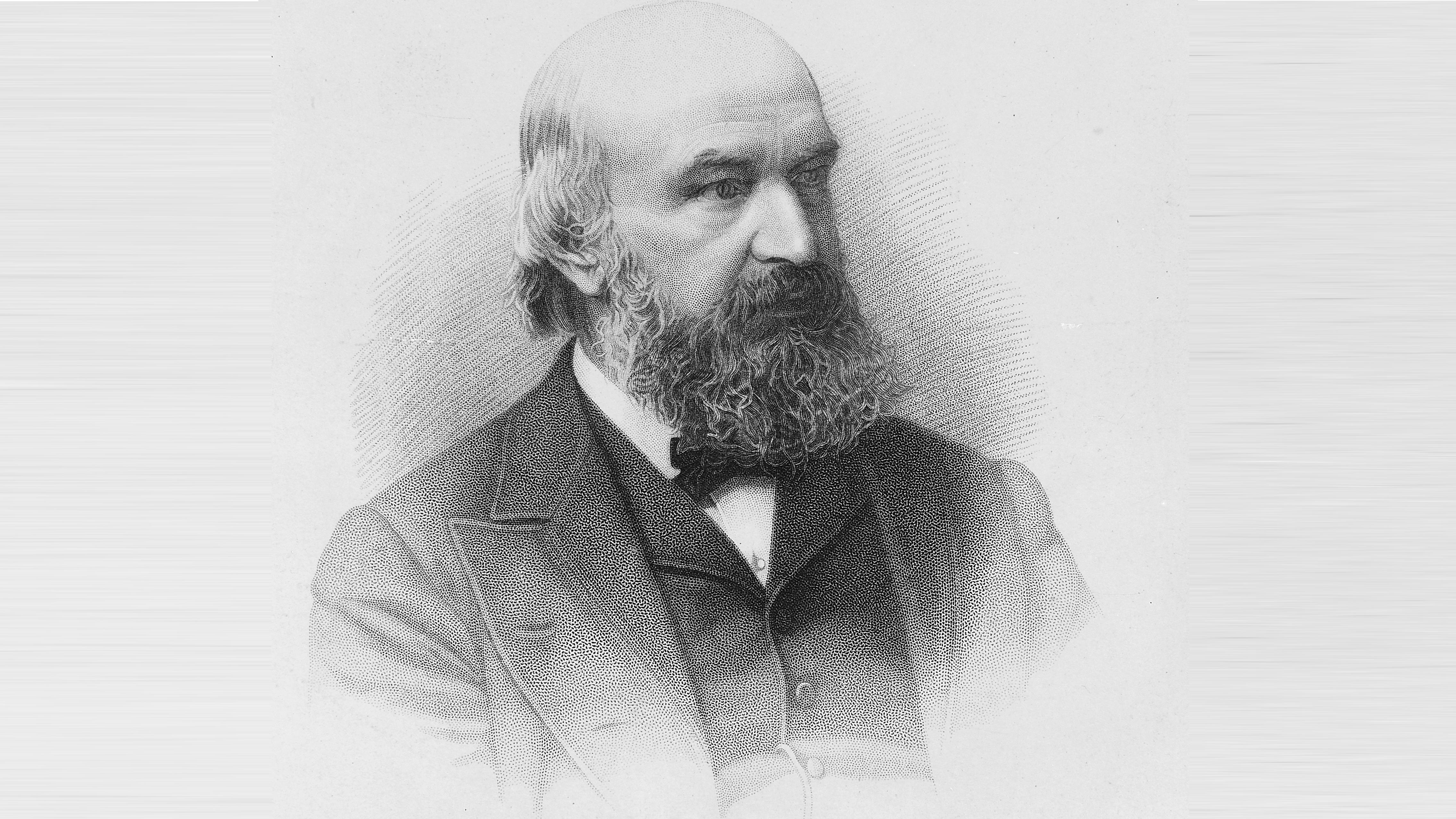
- There’s an important lesson to be learned from the life of astronomer John Couch Adams: that “once a failure” does not mean “always a failure.”
- Adams originally rose to fame as a rival of Urbain Le Verrier, convinced that anomalies in Uranus’s orbit indicated an eighth massive planet beyond it: Neptune, whose gravitational effects would lead to its eventual discovery.
- While Adams himself was not a part of the successful discovery, he went on to make an equally important discovery: uncovering the nature of meteor showers in 1866. We should all be so persistent.
Perhaps it’s human nature to want to only think positive thoughts about our heroes. With the 2024 Olympics about to begin, we hope for a clean victory for our favorite beloved athletes; we don’t want our sports heroes to cheat or use performance-enhancing drugs. We want our humanitarian and political heroes to be kind, generous, and have that spirit of self-sacrifice for the greater good in all that they do; we don’t want them to be associated with any sordid scandals or criminal activity. And in science, we tend to glorify the thoughts and processes of all of our scientific heroes; we bristle at the notion that they’d ever commit the greatest of all scientific sins: the sin of having been wrong.
But science is not an endeavor one undertakes all by themselves, but rather as part of a worldwide community. And being wrong is not a death sentence, but rather is often a stepping-stone to an even greater success. The common mantra, “Once a failure, always a failure,” couldn’t be further from the truth when it comes to real life. While it’s true that even our greatest scientific heroes had their flaws, some of history’s greatest failures were followed by a success that no one could have predicted.
This is the redemption story of John Couch Adams, possibly the greatest astronomer to colossally fail on a global stage.
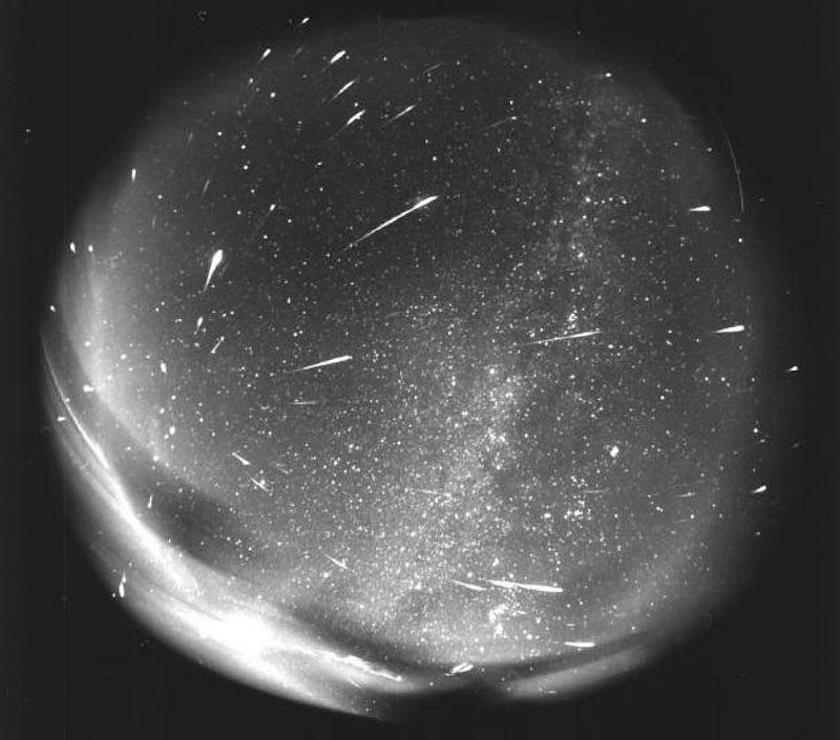
By the time humanity had reached the mid-1800s, Newton’s law of universal gravitation had proved to be a tremendous success. Unchallenged for nearly 200 years, that law successfully predicted both the terrestrial motions of objects on Earth and the celestial motions of the planets, moons, comets, and asteroids. In 1781, for the first time in history, humanity was gifted with a brand new chance to test this law for the planets, as William Herschel discovered the first planet that hadn’t already been known for thousands of years: Uranus.
Although we normally think of planetary motion as obeying Kepler’s laws, it’s actually Newton’s laws that are more fundamental: all three of Kepler’s laws of planetary motion can be derived from the law of universal gravitation. Newton’s theory predicted that each planet should move about the Sun in an elliptical path, with the Sun at one focus, which Uranus absolutely did. However, Newton also predicted how quickly a planet should move throughout its orbit, and his theory of gravitation gave us Kepler’s second law:
- The area swept out by each planet as it orbited the Sun was the same in any given time interval at all points along the orbit.
After decades of observations, it was clear that Uranus, for some reason, wasn’t obeying Kepler’s second law at all.
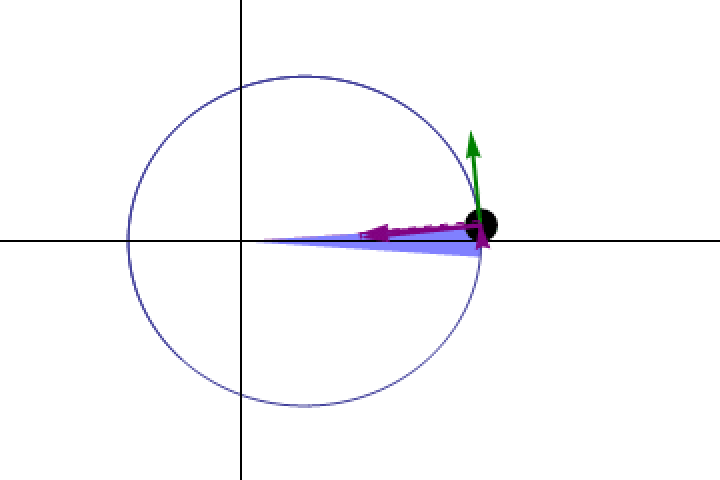
The known inner and outer worlds of the Solar System had all obeyed Kepler’s laws spectacularly, so much so that no deviations had been detected over the hundreds of years that had elapsed since Kepler first proposed them. But with the discovery of Uranus in 1781, something changed. While the newest planet appeared to move in an ellipse around the Sun, it seemed to move at the wrong speed compared to the speeds that the laws of gravity demanded it should move at.
What astronomers instead saw, as they immediately began tracking Uranus’s motion against the backdrop of the fixed stars, showed a surprising set of phenomena that departed from the conventional expectations.
- For the first 20 years or so since Uranus’s discovery, the planet moved faster, from night-to-night and year-to-year, than the law of gravity predicted.
- For the next 15-to-25 years, the planet then slowed down, and appeared to move right at the rate expected from those laws.
- But then, from about the 1820s onward, Uranus then slowed down further, with its speed dipping below the predicted motions from Newton’s law of gravity.
After six planets in a heliocentric configuration all obeyed the same rules for so long, the seventh planet proved to be quite a puzzle.
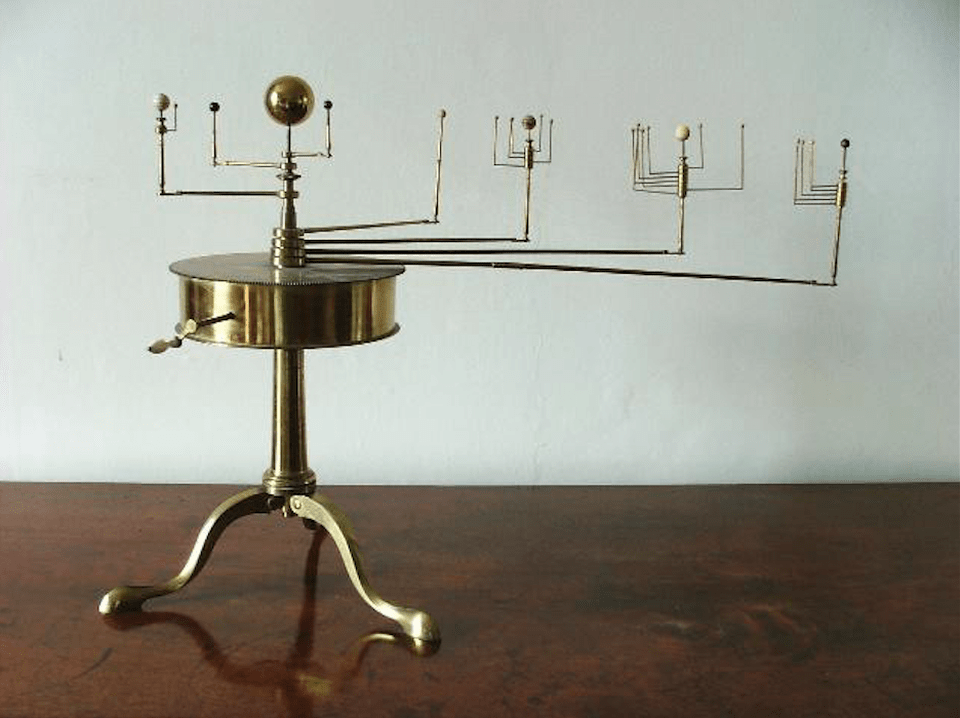
In 1821 — exactly forty years after Uranus was first discovered — French astronomer Alexis Bouvard published his first table of results that he obtained through keen observations of the new, distant world, which began to show this rather upsetting behavior of the planet. Initially, it moved too quickly, then it appeared to settle down toward its predicted speed, but at the very end of his data table, Bouvard noted that Uranus was beginning to move slower than its predicted speed.
This posed the first serious challenge to Newton’s law of universal gravitation. Perhaps Newton’s laws were flawed, which was an idea that very few were comfortable with. However, there was another hypothesis. As Bouvard himself imagined, perhaps there was an eighth planet out there even more distantly, and perhaps that planet was responsible for perturbing the orbit of Uranus in the observed fashion. English astronomer John Couch Adams, who began attending the University of Cambridge and studying mathematics as a teenager, became quite smitten with this idea. Beginning in 1841, two years before his graduation, he devoted the early part of his scientific career to studying the orbital problem of Uranus’s motion.

Throughout the early 1840s, Adams made many valiant attempts to predict exactly where the new, massive, outer world would need to be in order to explain the observed motions of Uranus. The motivation behind his research wasn’t purely theoretical, but rather was practical: the goal was to give contemporary astronomers a search target. In other words, based on the mathematics associated with the law of gravity, an outermore planet should have its position change over time as well in a predictable way, and if Adams could determine where that planet must have been in the past, he could deduce where astronomers should look if they want to find it today.
Whenever one looks for a new, faint source of light in the sky, you cannot rely on simply scouring the entire sky until you find it. In order to make the most of your efforts, you must instead know exactly where to look. Getting a precise answer to this problem was the extremely important task that Adams set out to accomplish.
By the mid-1840s, Adams’s painstaking calculations were finally paying off. He was able, based on the observations of others and the laws of Newton, to make precise predictions about where such a planet — if it existed — would need to be. Despite his efforts in communicating these predictions to observational astronomers James Challis and George Airy, the planet failed to turn up in searches.
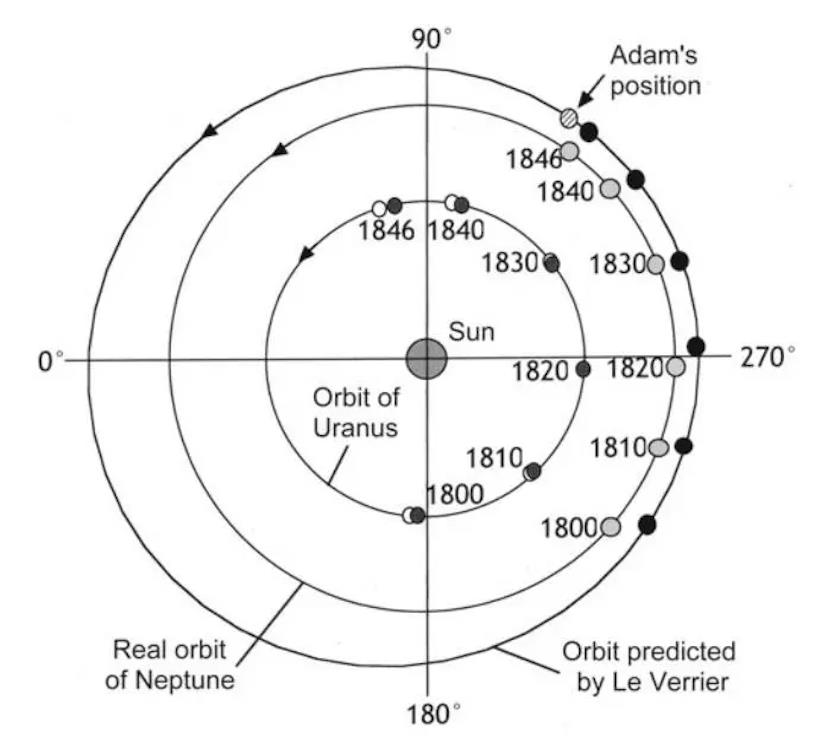
As history would later uncover, it turns out that Adams had fired off a total of six letters in rapid succession in 1845/6, with no two of the letters containing predictions that were alike. These self-contradictory letters instead offered a variety of predictions, as he found mistakes in his work as he went along and made refinements to his calculations along the way. Although these mistakes ranged from small to moderate, all six predictions only differed, at maximum, by an extent of 12°, or roughly the distance between your outstretched index and pinky fingers when you throw the heavy metal horns at arm’s length.
Heartbreakingly for Adams, at least one of his predictions was very much correct: matching up with the actual position of Neptune to within less than 1°. If a competent astronomer had turned their telescope on that object, it would have been easy to identify — from its pale blue color, disk-like appearance, and notable lack of twinkling — that this object was not a previously unidentified star, but was rather a planet. In fact, James Challis himself, one of history’s most incompetent scientists who was later labeled a charlatan by many, actually observed Neptune during at least one and possibly on two occasions, where he indeed mistook it for a star!
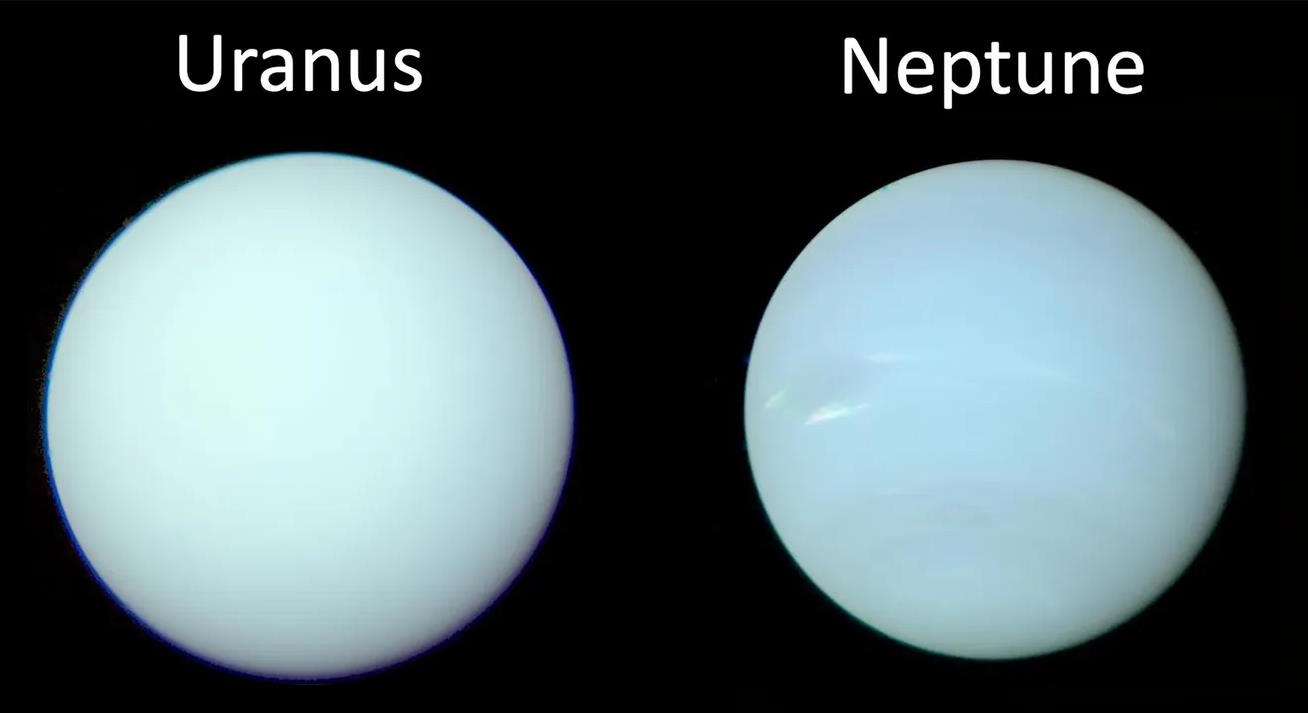
And then, on one fateful night, Adams experienced what can only be described as a nightmare scenario for any scientist: the puzzle he had been working on for the entirety of his academic life was solved, in unrelated work, by someone else entirely. On August 31, 1846, French scientist Urbain Le Verrier announced that he had computed the position of where this new planet must be, and sent off a letter to Germany, where Johann Galle was the director of the Berlin Observatory. The letter arrived in Berlin on September 23, and skies happened to be clear for observing that very evening. Galle and his assistant, Heinrich d’Arrest, pointed their telescope toward the exact location Le Verrier predicted, and less than 1° away, there it was.
Perhaps because of national pride, many contemporary scientific figures in Great Britain lauded Adams as the equal of Le Verrier, assigning him the accolade of co-discoverer of Neptune. However, that revisionist version of history simply wasn’t true. The prestigious Adams prize, still awarded today, was named for him in 1848: nominally for his role in the discovery of Neptune. The sober truth, however, is that Adams himself played no role in the actual discovery.
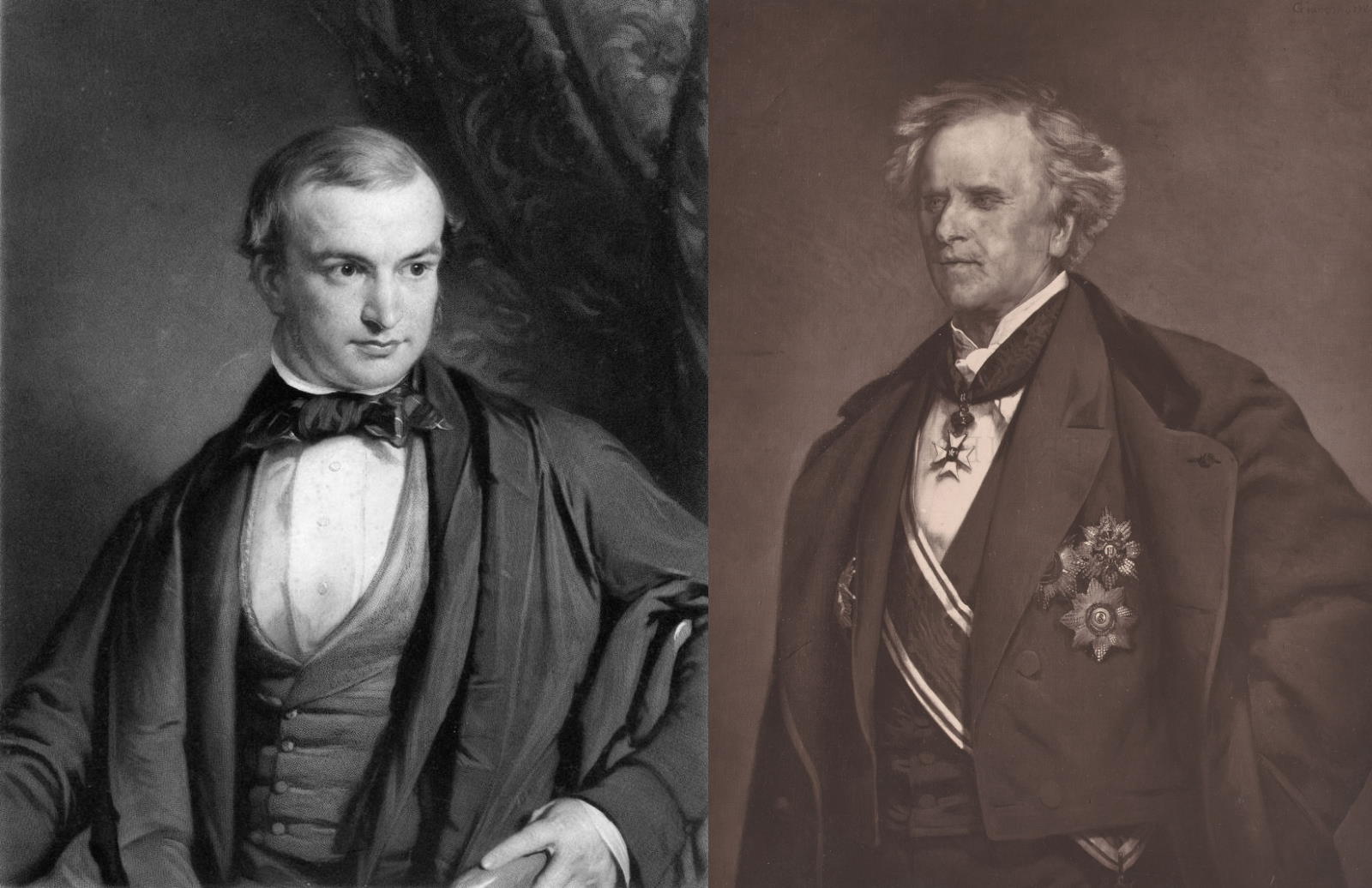
Despite the fervor of his countrymen in attempting to assign him credit for the discovery of the Solar System’s eighth planet, Adams himself was incredibly humble about his own role. He submitted the following letter, along with his work, to the Royal Astronomical Society in November of 1846:
“I mention these dates merely to show that my results were arrived at independently, and previously to the publication of those of M. Le Verrier, and not with the intention of interfering with his just claims to the honours of the discovery ; for there is no doubt that his researches were first published to the world, and led to the actual discovery of the planet by Dr. Galle, so that the facts stated above cannot detract, in the slightest degree, from the credit due to M. Le Verrier.”
For a lesser scientist, that might have been the end of his career, as Le Verrier was elevated to scientific superstardom. But not Adams. He continued to work on other important problems, making significant progress on determining the cause of deviations in the Moon’s orbital motion and parallax. We now know, today, that this effect is due to tidal acceleration, and Adams made significant progress on that front, winning the Gold Medal from the Royal Astronomical Society.
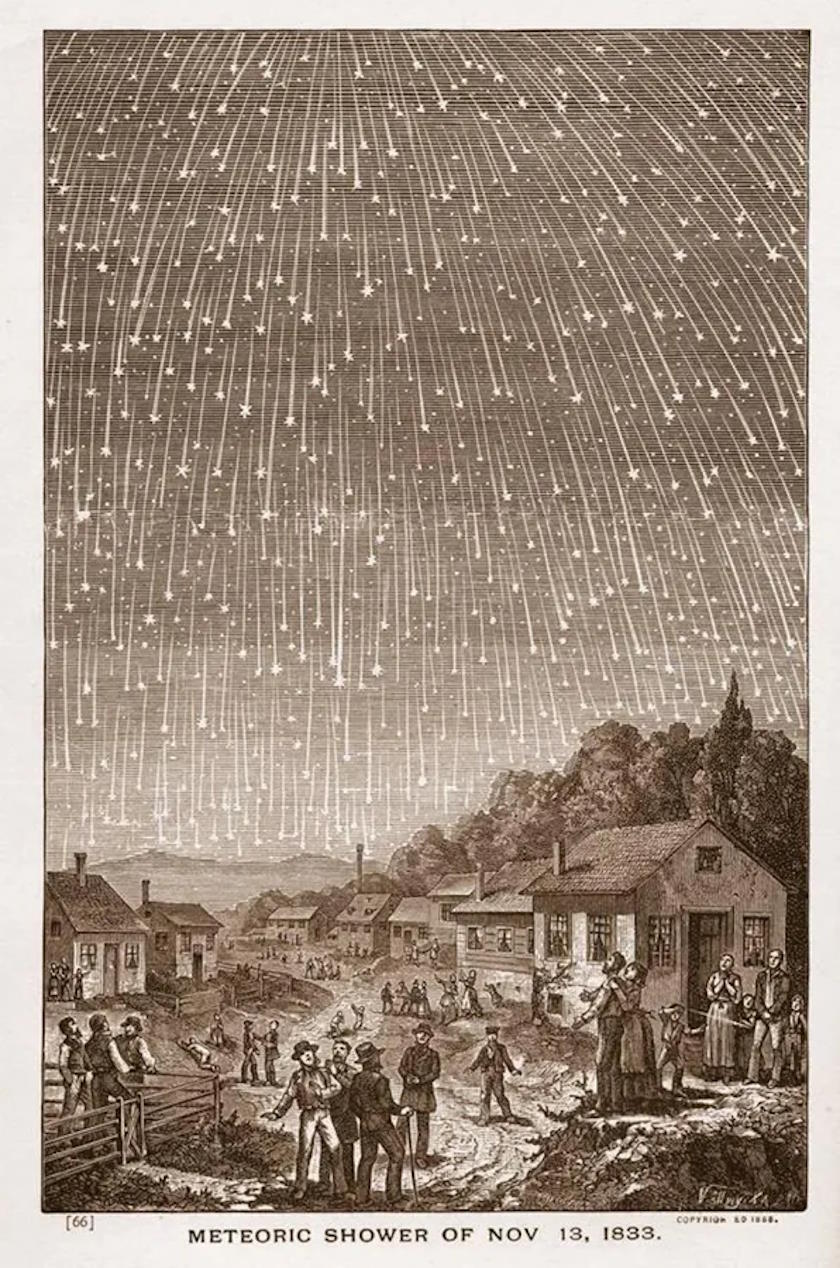
However, it was a serendipitous celestial outburst — the Leonid meteor storm of 1866 — that would change everything for Adams. The Leonid meteor shower of 1833, during which Adams was a mere child of 14, was so spectacular that the entire world took note, with illustrations and records of the outburst recorded worldwide. For every one of the next 32 years, the Leonids were back to normal: a relatively quiet, somewhat forgettable meteor shower. But in 1866, it happened again: a meteor storm during the Leonids that was so spectacular, it defied belief to chalk it up to nothing more than a simple coincidence.
After a bit of thought about the problem, John Couch Adams came up with a three-part theory about this meteor shower, these outbursts, and their origin:
- The “shooting star” phenomenon is actually small dust grains that collide at rapid speeds with Earth’s atmosphere, burning up and producing bright streaks of light.
- Meteor showers occur in the same region of the sky year-after-year because of the existence of some type of dusty debris in space, which crosses Earth’s orbit at the same point in space every year.
- And that this dusty debris is spread out along a large elliptical orbit, but with a point-of-greatest-density that periodically collides with our planet, causing the most spectacular meteor showers.

This theory, Adams noted, should apply to meteor streams encountering any planet, not just Earth. Adams theory was wild and novel, but conceivable. If he could find the parent body responsible for the Leonids, it would be a great validation of a speculative but compelling new idea.
His experience in calculating orbits, gained by his earlier struggles with Uranus and the then-hypothetical Neptune, allowed him to come through when it counted most. Adams calculated that there must be a cluster of dusty debris moving in an elongated elliptical orbit around the Sun with a period of 33.25 years, taking it out past Jupiter, Saturn, and even Uranus’ orbit. The orbit matched, in fact, the one taken by the independently discovered (also in 1866) Comet Tempel-Tuttle, and led to the identification of meteor showers as being caused by cometary debris trails!
After missing out on glory 20 years prior, Adams had finally succeeded in revolutionizing our view of the Universe. His identification of meteor showers with cometary debris trails stands as his greatest scientific achievement, and remains the leading theory for the origin of meteor showers even today: more than 150 years later.
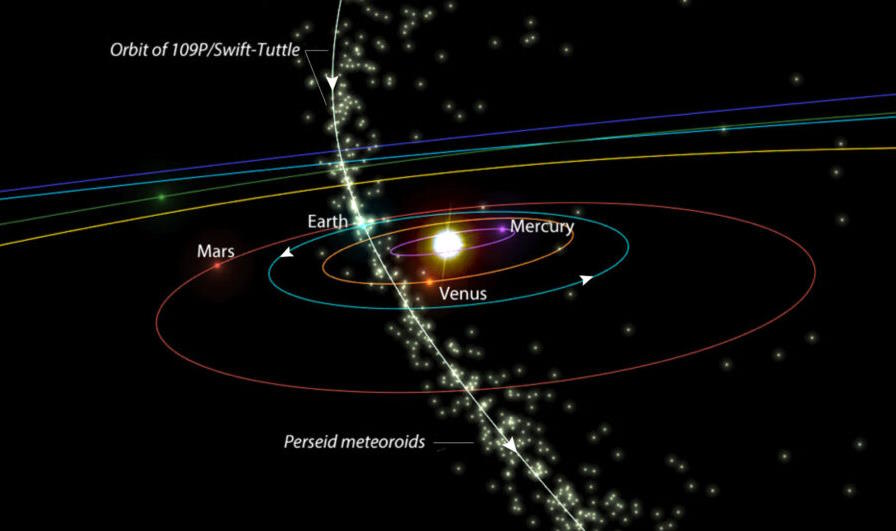
Just desserts would soon be served to all. In 1870, Adams was appointed the director of Cambridge Observatory, replacing — who else? — the incompetent James Challis. He was even offered the most prestigious astronomical position in all of Britain: that of Astronomer Royal, in 1881. He turned it down, instead preferring to continue his teaching and research work at Cambridge, where he had spent his entire career. Ironically, had Adams accepted the position of Astronomer Royal, he would have replaced none other than Airy, meaning he could have succeeded both of the men responsible for failing to follow up on his successful predictions of Neptune!
Despite missing his chance at great glory in his early years through no fault of his own, Adams was never bitter. While later historians of science would blame Airy and Challis for their failings, Adams humbly accepted the blame himself, writing:
“I could not expect however that practical astronomers, who were already fully occupied with important labours, would feel as much confidence in the results of my investigations, as I myself did.”
He continued to work until the very end of his life, and along the way, grew one of the most mighty and legendary beards in astronomy’s history.
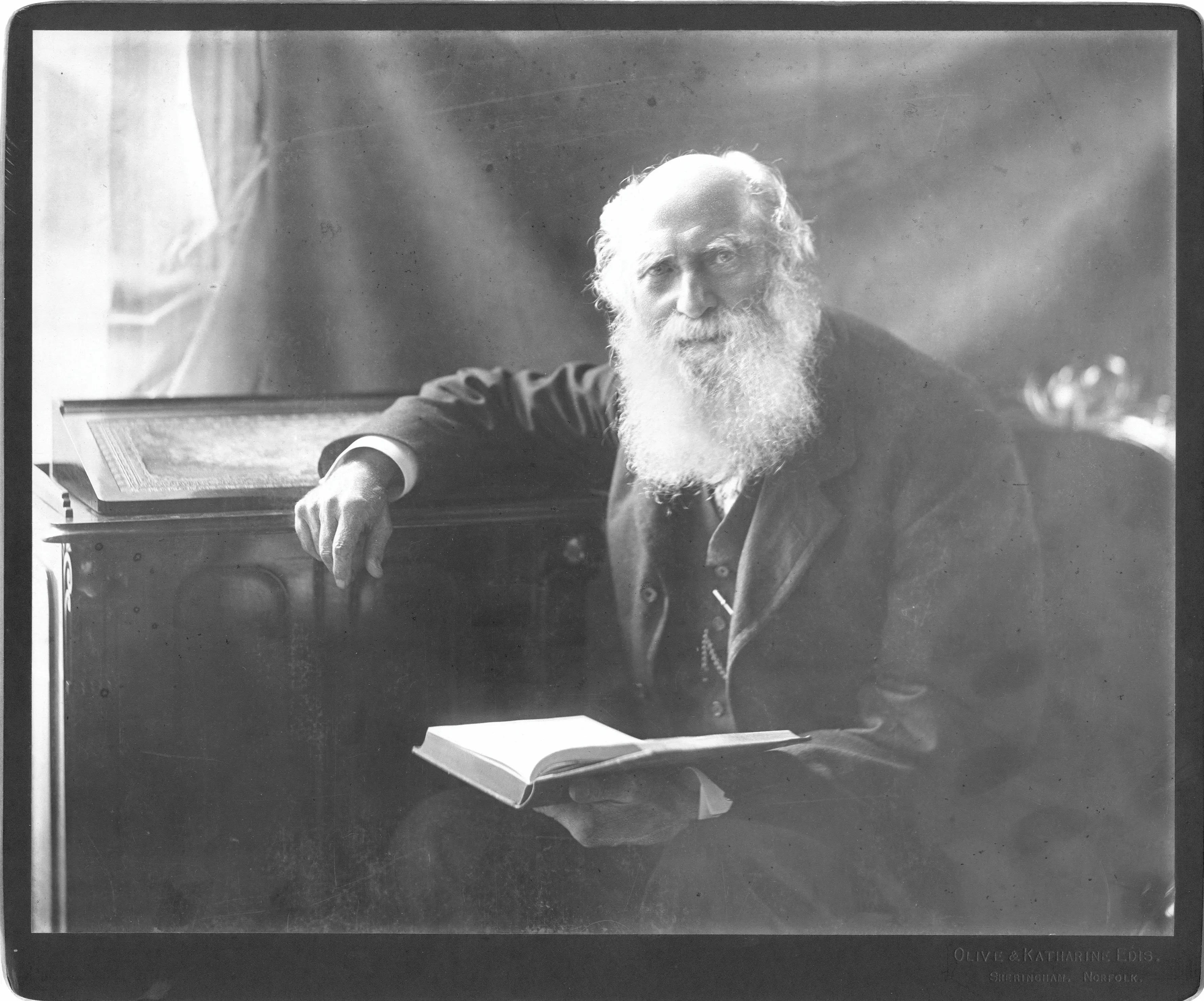
While history largely remembers Le Verrier as the astronomer who, as contemporary scientist François Arago put it, “discovered a planet with the point of his pen,” while simultaneously remembering Adams as the astronomer who failed to do precisely the same, this is an unfair remembrance of their full scientific legacies. Adams’ initial failure to calculate and find Neptune did not prevent him from having later success in explaining the peculiarities in the Moon’s orbital motion. It in no way inhibited him in his greatest achievement: identifying the source of meteor showers, and confirming that Comet Tempel-Tuttle causes the Leonids.
Meanwhile, Le Verrier’s immediate success in predicting the existence of Neptune led many to expect that this method would lead him to future successes, but that never materialized. His prediction of the existence of Vulcan, a proposed planet interior to Mercury to explain its orbital precession, was incorrect; there is no innermore planet interior to Mercury at all. In science, making a successful advance not only requires skill, talent, and persistence, but also a fair bit of luck. You can make mistakes along the way, in theory, in practice, and in judgment, but every new problem you tackle is a new chance to get it right. Treat your failures for what they are: momentary setbacks. In no way do they define your ultimate destiny, and John Couch Adams is legendary proof of exactly that.
